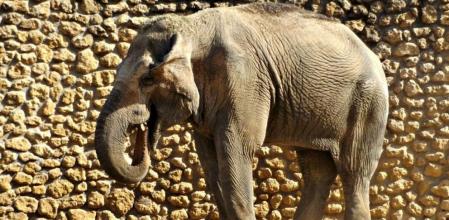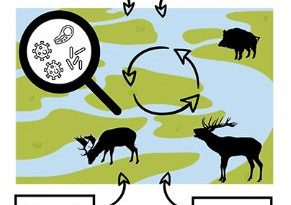Monitoring of bluetongue virus in zoo animals in Spain, 2007-2019
Transboundary and Emerging Diseases
Abstract
Bluetongue (BT) is an emerging and re-emerging communicable vector-borne disease of animal health concern. A serosurvey was performed to assess exposure to BT virus (BTV) in zoo animals in Spain and to determine the dynamics of seropositivity in longitudinally-sampled individuals during the study period. Serum samples were collected from 241 zoo animals belonging to 71 different species in five urban zoos (A-E) in Spain between 2007 and 2019. Twenty-four of these animals were longitudinally surveyed at three of the sampled zoos (zoos B, C and E) during the study period. Anti-BTV antibodies were found in 46 (19.1%; 95%CI: 14.1-24.1) of the 241 captive animals analyzed by commercial ELISA. A virus neutralization test confirmed specific antibodies against BTV-1 and BTV-4 in 25 (10.7%; 95%CI: 6.7-14.6) and five (3.0%; 95%CI: 0.3-4.0) animals, respectively. Two of the 24 longitudinally- sampled individuals (one African elephant (Loxodanta africana) and one aoudad (Ammotragus lervia)) showed anti-BTV antibodies at all samplings, whereas seroconversions were detected in one mouflon (Ovis aries musimon) in 2016, and one Asian elephant (Elephas maximus) in 2019. To the best of the authors’ knowledge, this is the first large-scale survey on BTV conducted in both artiodactyl and non-artiodactyl zoo species worldwide. The results confirm BTV exposure in urban zoo parks in Spain, which could be of animal health and conservation concern. Circulation of BTV was detected in yearling animals in years when there were no reports of BTV outbreaks in livestock. Surveillance in artiodactyl and non-artiodactyl zoo species could be a valuable tool for epidemiological monitoring of BTV.




